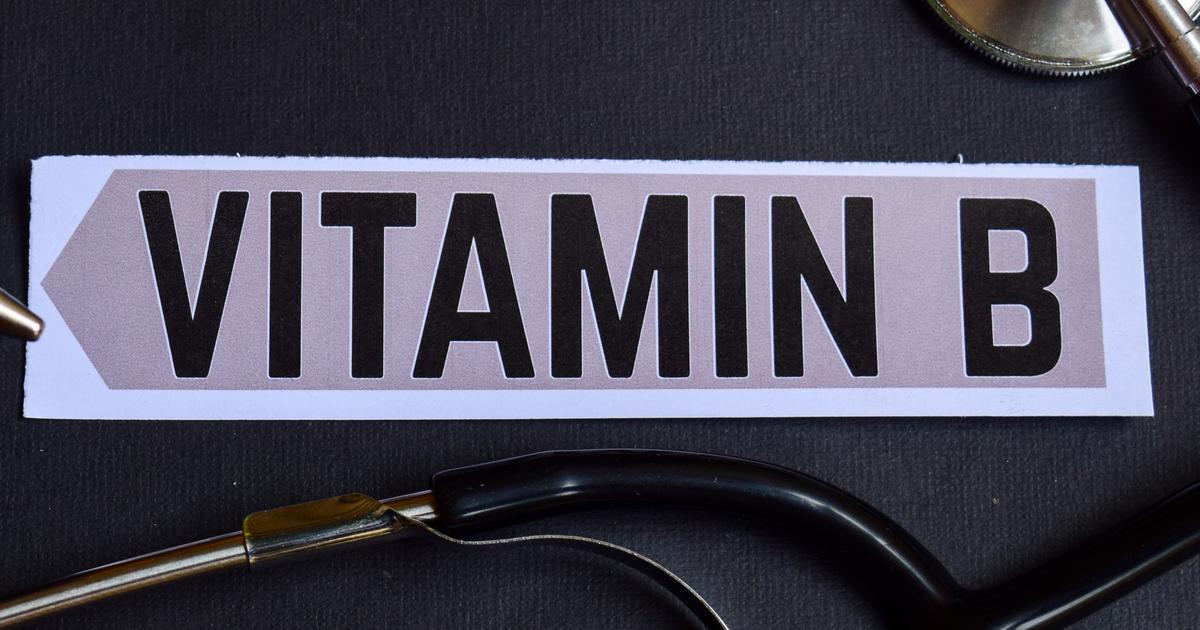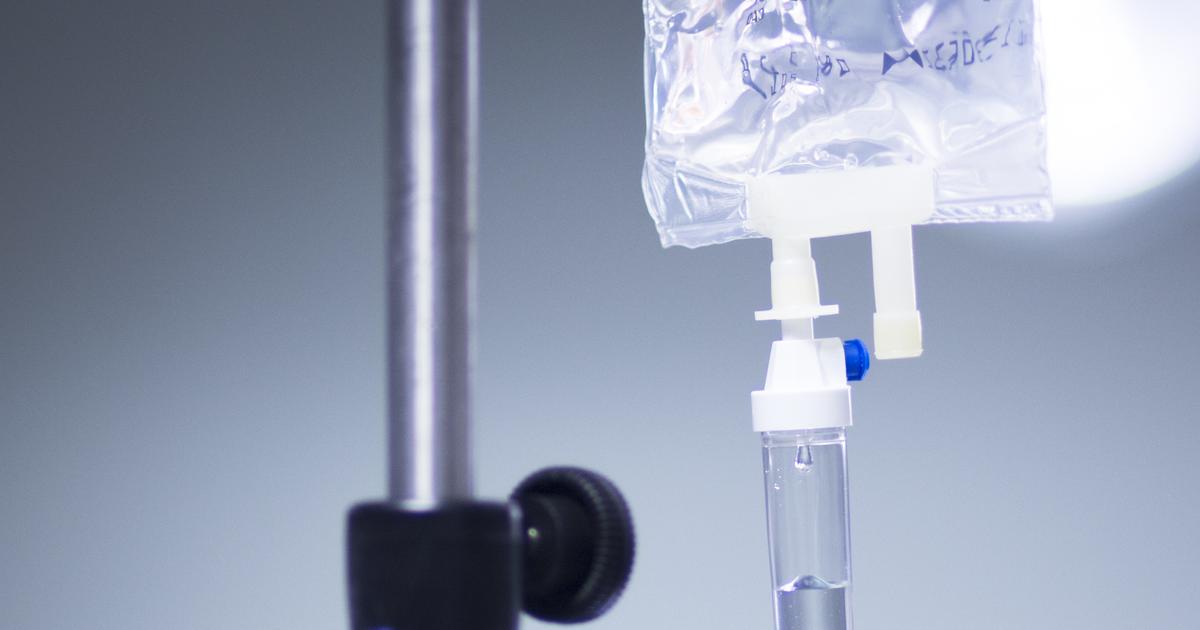Guide To The Causes And Treatment Of Sideroblastic Anemia
Sideroblastic anemia is a type of anemia where an affected individual's bone marrow does not properly utilize a mineral called iron in the synthesis of hemoglobin. This malfunction means the abnormal red blood cells produced by the bone marrow have too much iron that cannot be converted into hemoglobin, resulting in cellular accumulation of iron. Because there is not enough hemoglobin to carry oxygen to tissues around the body, the individual will experience symptoms similar to those that manifest in other types of anemias. These symptoms include tachycardia, heart palpitations, chest pain, pale pallor, headaches, fatigue, and weakness. Diagnosis of sideroblastic anemia is made through a peripheral blood smear examination, complete blood count, iron studies, reticulocyte count, or bone marrow examination. The treatment of individuals affected by sideroblastic anemia depends on the factors causing it.
Causes: Genetic And Acquired

The two primary variations of sideroblastic anemia are characterized by their underlying causes. Inherited sideroblastic anemia is a condition inherited from one of the patient's parents. A mutation in the cellular DNA in the ALAS2 gene causes a disruption in the normal production of hemoglobin in the bone marrow. The affected individual's body tries to compensate for this malfunction by abnormally excessive iron absorption from the food they consume. This iron build up can easily cause damage to vital organs such as the liver. This type of sideroblastic anemia is less common and rarely diagnosed in individuals who are over thirty years old. Acquired sideroblastic anemia is a more common form of the disease caused by the consumption of alcohol or the use of certain prescription drugs. Other potential causes of acquired sideroblastic anemia may also be a result of metabolic diseases, immune disorders, malignant or benign tumors, copper or vitamin B6 deficiency, and extended contact with toxic chemical substances such as lead and ethanol.
Learn about options for treating sideroblastic anemia now.
Vitamin B6 Therapy

Vitamin B6 therapy is an effective treatment method in many cases of both types of sideroblastic anemia. This vitamin is a cofactor for the ALAS2 protein that plays a vital role in the formation of hemoglobin from its precursor compounds and elements like iron. Common causes of an individual's deficiency of vitamin B6 include malabsorption, excessive loss, use of pyridoxine-inactivating drugs, alcoholism, genetic mutations in coding for certain proteins, or protein-energy undernutrition. Without sufficient amounts of vitamin B6, the cells are not able to synthesize iron into hemoglobin, resulting in anemia and cellular iron accumulation. When supplementation of vitamin B6 is used to treat sideroblastic anemia, the cells are provided with enough vitamin B6 to carry out the task of hemoglobin synthesis from iron. If the cause of a patient's vitamin B6 shortage is due to a problem with digestive nutrient absorption, an oral supplementation or vitamin B6 rich diet will be ineffective. When vitamin B6 deficiency is the result of the use of certain medications, vitamin B6 therapy may be utilized if the patient is unable to cease use of said medication.
Continue reading to reveal more treatments for sideroblastic anemia now.
Chelating Agents

Chelating agents are often used in the treatment regimen for an individual affected by sideroblastic anemia to reduce symptoms and complications that may occur from iron overload. Because the cells in sideroblastic anemia patients are unable to synthesize iron into hemoglobin, the iron sits and builds up inside of the blood cells. Iron meets the capacity of blood cells and ferritin, causing it to build up in other tissues around the body. This buildup is problematic because free iron deposits can cause the formation of toxic and damaging compounds. Chelating agents can be administered to protect the cells of an individual's bodily tissues from iron toxicity. Chelating agents work by binding to the form of iron that is toxic to bodily tissues. This iron may be referred to as free iron, as it is not bonded to ferritin in the individual's blood, and is free to elicit toxic reactions. Chelating agents bind to all of the iron's electrochemical coordination sites that allow for its volatile reactions in bodily tissues. This mechanism causes the free iron to become inactivated until the body can break it down.
Get the details on the next method of effectively treating sideroblastic anemia now.
Bone Marrow Transplant

A bone marrow transplant may be used in some severe cases of sideroblastic anemia as a last resort treatment. Because the origination of the issue that causes sideroblastic anemia occurs in the blood cell-producing bone marrow, transplantation of healthy bone marrow can replace the affected individual's diseased malfunctioning bone marrow. This option is utilized more often in younger individuals affected by severe sideroblastic anemia because they are still undergoing critical growth and development processes. A bone marrow transplant of stem cells remains the only curative treatment available for sideroblastic anemia patients. Even though a bone marrow transplant offers a possible cure, the risks and complications of the intensive procedure must be weighed and considered carefully. It may also be challenging to find a matching donor for such type of transplant as the donation process is intensive, and numerous blood factors have to be similar between the donor and the receiving patient.
Uncover more ways to treat sideroblastic anemia now.
Transfusions

For sideroblastic anemia patients who do not effectively respond to other treatments, blood transfusion therapy is the next best option. Transfusion therapy is only used in cases where the individual has sideroblastic anemia that is problematic, symptomatic, and severe. Because the bone marrow of sideroblastic anemia patients cannot make adequate amounts of healthy red blood cells, a transfusion of healthy blood can help with anemia symptoms and poor blood oxygen levels. Blood transfusions require an eligible donor with a compatible blood type free of any disease or infections. Transfusion therapy is used conservatively and has limitations because of the potential dangers it poses in the form of iron toxicity and overload. Individuals who do not receive transfusions as part of their sideroblastic anemia treatment still often struggle with iron overload. Chelating agents and other measures to mediate high iron levels are often administered along with regular blood transfusions to try and prevent complications such as organ damage.
